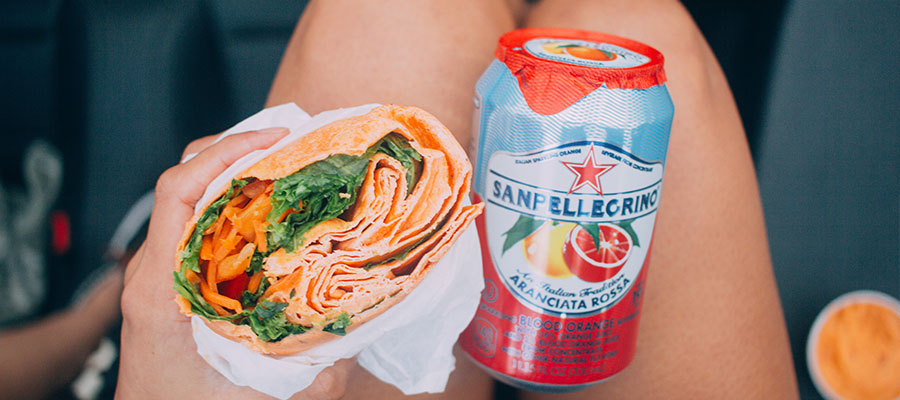How Bodies Fight Dieters and Win Every Time
By Jean Antonello, RN, BSN, obesity and eating disorders specialist and author of The Great Big Diet Lie, How to Become Naturally Thin® by Eating More, Breaking Out of Food Jail and Naturally Thin® Kids, www.naturally-thin.com
As soon as a dieter begins to cut down on her portions or eliminate food groups or start a juice fast or eliminate fat from her diet, her body goes to work to conserve energy (calories) and promote eating more and more calorie-dense foods. These adaptations are not psychological or emotional, they are physiological and account for the eventual rebound that dieters experience. These five biological adjustments are designed to keep the dieter alive in a threatening environment.
1. Drop in metabolic rate—15-30%
2. Low energy and reluctance for physical activity
3. Increased appetite
4. Cravings for sweets and fatty foods
5. Preoccupation with food and eating
So when dieters go on an eat-less, exercise-more diet, they unknowingly trigger their bodies to adapt in these five ways. Taken together, these five adaptations protect the fat already there and may eventually promote even more fat accumulation. These changes do not seem to occur at first, of course. The rewarding weight loss comes first. But these adaptations, transmitted by biochemical changes, lie in wait, eventually causing the dieter to lose control of her eating. And when they take over, the frustration and weight gain begin.
Remember, bodies cannot distinguish between famines that are “real” and famines that are self-imposed. Bodies don’t know that food isn’t available because of an accident or the season, or because you weighed yourself that morning and vowed to eat only celery and apples. Accidental famines happen to everyone. We all get stuck in situations where we get hungry and there is no food. (Solving this problem is crucial to recovery and will be addressed later.) But the vast majority of famines happen because we deeply believe that too much food, by itself, makes us fat.

Posted in Articles
